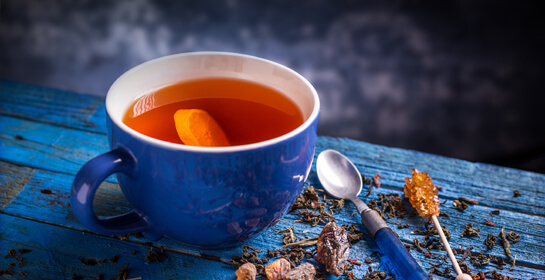Tea trend stays strong as a beverage and flavoring element of choice
As a beverage, hot or cold, tea is ageless. It’s been enjoyed in cultures around the world for centuries, and so over time had begun to fade into the background of beverage choices. But much in the way coffee burst back into popularity a few years ago, tea has also reclaimed its spot as both a beverage and flavoring element of choice.
That has led to a brisk business in the tea trade. Tea shops have sprung up so that different leaves can be sampled, savored and blended to create unique flavor profiles. Brewing implements, cups, infusers and all the other ritual hardware of tea-making have also claimed a growing market share. And cookbooks and recipe sites continue showing the many different ways that tea can be added as a flavoring element.
Tea has never really gone out of vogue, in that grocery stores have never stopped devoting a lot of shelf space to many different types of tea.
What we’re seeing now is a resurgence of interest in some of the more exotic blends, as well as a rise in herbal varieties. People are discovering that they can enjoy tea’s many flavors in different ways to suit their mood, much as they do with coffee drinks and coffee-flavored products.
For some aficionados, settling on a flavor profile is central to their enjoyment. Choosing the various leaves to create a custom blend and aroma, and tinkering with brew times to appreciate different strengths, all are part of the process. Millennials in particular have gravitated to tea for this reason, as they tend to pursue a deeper relationship with what they eat and drink. Knowing a tea’s growing history nestles well alongside their participation in more local, farm-to-table movements and plays well into the boom in small-batch, craft products.
“Like anything else, tea has had its ebbs and flows in the popular consciousness,” says Lauren. “Now it’s many benefits have been highlighted, and the fact that it has many different flavors to explore as a food and a beverage only adds to consumer interest. It’s like rediscovering a slightly boring old standby and then finding out that there’s a lot more to it than you originally thought.”
